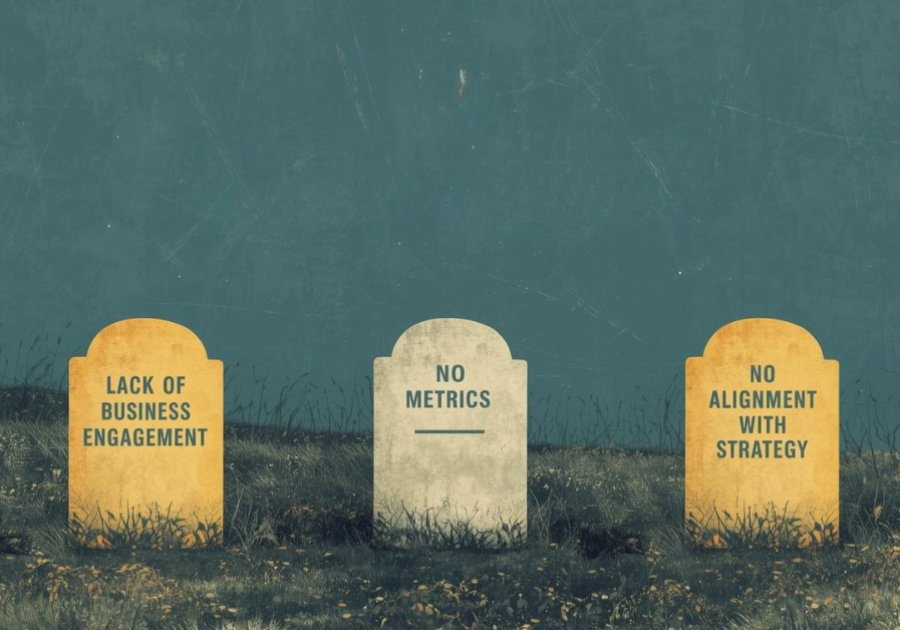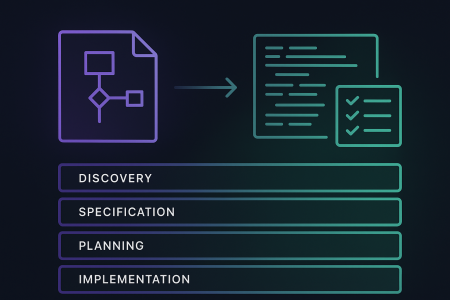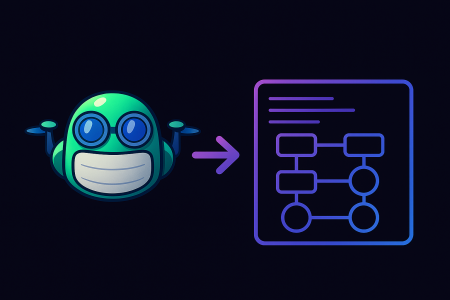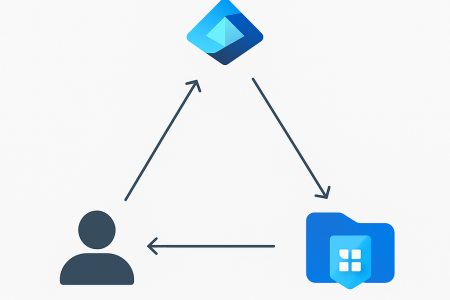TL;DR
Proofs of concept often fail because there is no engagement from the business, there are no clear metrics to measure success, and the project is not aligned with strategic priorities. The solution is to run rapid, low-cost prototypes, involve business leaders from the start, and ensure every POC is clearly connected to the organisation’s goals. Following this approach turns experiments into actionable insights and real business value.
Table of Contents
The AI Graveyard: Why So Many AI Projects Fail
When it comes to AI adoption, we’ve all heard about the “AI graveyard.” Gartner predicts that over 40% of Agentic AI projects will be cancelled by the end of 2027, and it’s a problem we see again and again. The story goes like this: an organisation gets excited about AI, kicks off a proof of concept (POC) to test some use cases, and then… nothing. The POC fizzles out, doesn’t gain traction, and eventually dies a quiet death in the graveyard of “good ideas that never went anywhere.”
The problem isn’t that AI lacks potential – it’s that organisations approach POCs the wrong way. Time and again, we see the same patterns behind failure.
Why AI POCs Fail: The Top 3 Reasons
- Lack of business engagement.
Too often, use cases are driven purely from the technology side. The IT team experiments in the proverbial broom cupboard, but without a business sponsor or a clear problem to solve, success is unlikely. Without business ownership, the POC is destined to stall. - No metrics to measure success.
Even when the business is involved, POCs frequently lack defined metrics. Without a business measure tied to ROI, there’s no way to know if the solution is worth scaling. If you can’t answer “Did this save money or create value?” then the POC remains a science project rather than a business case. - No alignment with strategic priorities.
Sometimes a POC solves a problem, but not one that really matters right now. If a use case isn’t tied to the organisation’s bigger goals – like reducing costs, improving customer experience, or driving revenue – it won’t get leadership attention or funding. Even a technically successful POC can be buried simply because it isn’t mission-critical.
What a Successful AI POC Looks Like
On the flip side, successful POCs always have three things: business engagement, clear metrics, and strategic alignment.
One of my favourite examples comes from healthcare, where we built an AI-powered telephone solution to handle appointment scheduling, rescheduling, and cancellations.
Here’s why it worked:
- Clear business case. Every call the AI handled meant a receptionist could spend more time with patients in person. That’s measurable.
- Defined metrics. The organisation tracked call volumes handled by AI versus humans. They could directly compare the cost of the solution to savings in staff time.
- Strategic alignment. Improving patient access and reducing admin bottlenecks were high-priority goals, so leadership fully backed the solution.
- Unexpected transformation. Beyond cost savings, the AI smoothed out call spikes during peak hours. Patients no longer had to sit on hold at 8:00 AM or lunchtime, as demand was spread more evenly across the day.
This is the power of combining business-driven use cases, measurable outcomes, and alignment with strategic goals.

Rethinking the AI Graveyard: From Fear to Opportunity
So, how do we move beyond the fear of the AI graveyard? The answer isn’t to avoid POCs – it’s to make them cheap, fast, and frequent.
If a POC costs hundreds of thousands of dollars and takes months, of course failure feels painful. But if you can spin up a prototype in days, at minimal cost, then failure becomes learning. You can proudly say: We tried 100 POCs last month, and three are already delivering ROI greater than the cost of all of them combined.
However, it’s important not to treat POCs as failures just because they don’t become products right away. Every attempt offers valuable lessons you can apply to future projects or day-to-day operations, and circumstances change which may mean – what doesn’t work today might deliver results tomorrow.
That’s the shift: embrace the graveyard not as a place of wasted effort, but as fertile ground for discovery.
How to Make AI Adoption Work
To make this real, we need three things:
- Rapid prototyping environments. Data and AI capabilities ready to go, so organisations can test use cases in hours or days, not months.
- Business-led engagement. Not just IT teams tinkering in isolation, but conversations with business leaders who own the problem.
- Strategic alignment. POCs that are clearly linked to organisational priorities, so they have executive attention and a path to scale.
CFOs, in particular, are critical allies. They live and breathe the numbers, know the levers that drive performance, and can quickly tell you whether a POC is moving the dial.
Oh, and for CFOs – ask me about the AI-driven POC we delivered that transformed a global business. You might like it!
How We Help Organisations Escape the AI Graveyard
We’ve designed our approach to directly address these three challenges – and the three calls to action – that organisations face.
- Rapid Prototyping → AI Foundations Accelerator & Agentic CoCo.
Our AI Foundations Accelerator provides the environment, data access, and guardrails needed to start experimenting quickly, while Agentic CoCo (Company Copilot) lets you rapidly define and test AI agents against real workflows. Together, they bring prototyping costs down from months to days, making failure cheap and learning fast.
- Business-Led Engagement → AI Defined Workshops.
We run AI Defined sessions with business leaders to uncover the right use cases – rooted in real challenges and opportunities – not just shiny tech. This ensures every experiment starts with business sponsorship and has a clear problem owner from day one.
- Strategic Alignment → AI Defined Roadmaps.
Through the same AI Defined process, we help organisations connect AI use cases directly to their strategic priorities. That means every POC is measured against the levers that matter most – whether reducing costs, growing revenue, or transforming customer experience – ensuring executive sponsorship and a path to scale.
The AI graveyard doesn’t have to be a scary place. With the right approach and the right accelerators, it becomes a proving ground: a space where ideas are tested, failures are cheap, and the winners deliver real transformation.
If you want your AI projects to succeed instead of ending up in the graveyard, now is the time to act. Start by running rapid, low-cost prototypes that turn experiments into learning. Engage business leaders from day one to ensure every POC addresses a real problem and measures tangible value. Align each initiative with your organisation’s strategic priorities so executive sponsorship and scaling become possible.
We can help you make this real. Our AI Foundations Accelerator and Agentic CoCo give you the tools to prototype quickly, while AI Defined Workshops and Roadmaps ensure business-led use cases are connected to your strategic goals. Don’t let your next AI idea fade into the graveyard, turn it into measurable impact.
Reach out to our team of experts to learn more about how our AI Foundations Accelerator and Agentic CoCo enable rapid prototyping, how AI Defined Workshops drive business-led engagement, and how AI Defined Roadmaps ensure strategic alignment for every AI proof of concept.







